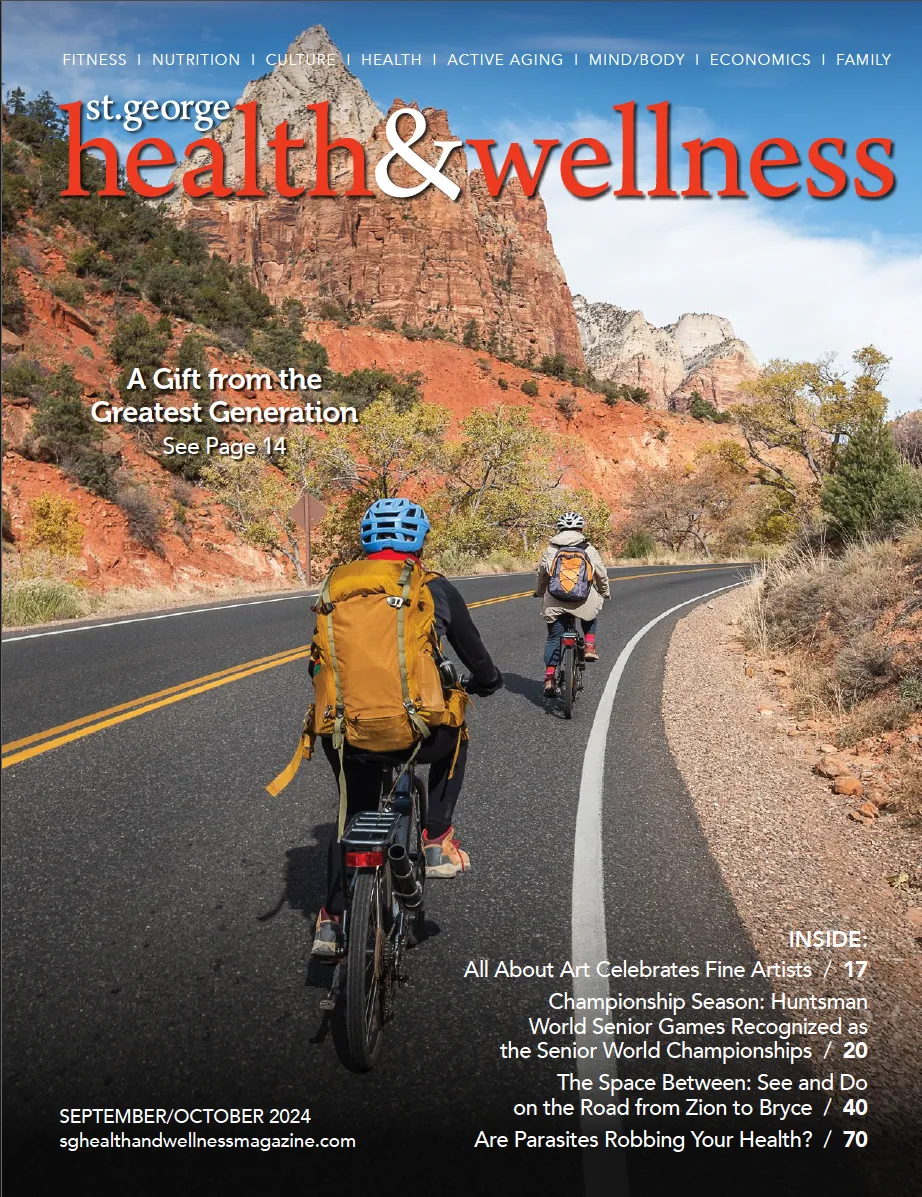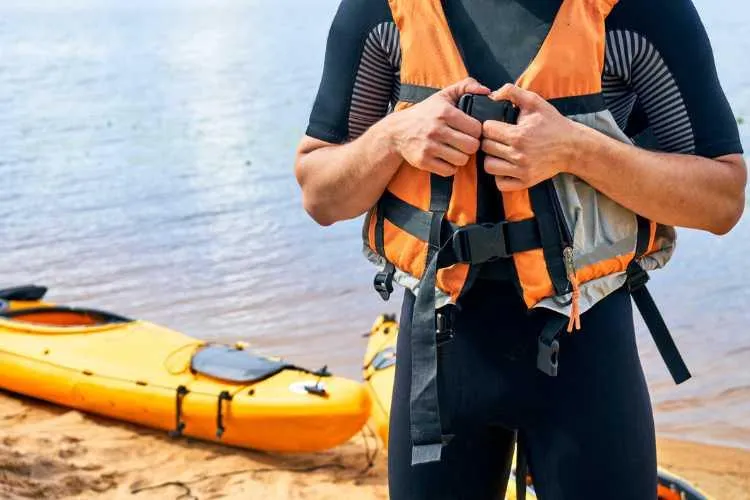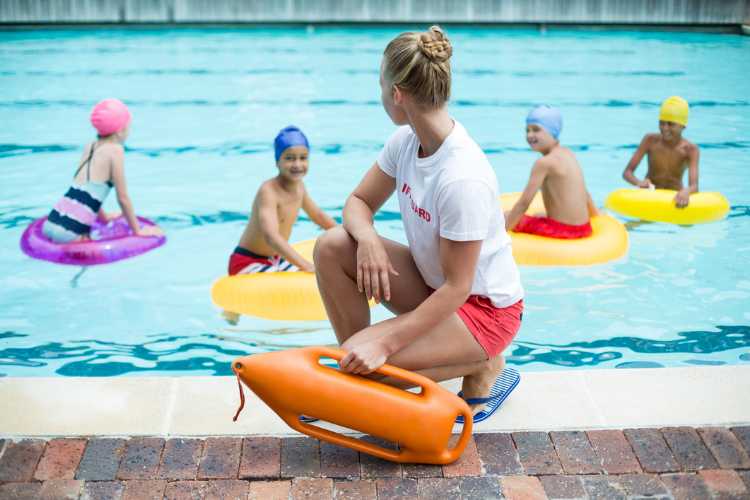

CURRENT ISSUE

View Articles By Topic


Four Tips for Summer Water Safety
Drowning is a leading cause of death for children ages one through four, according to the Centers for Disease Control and Prevention. During the summer months, when water activities are more prevalent, drowning is more common, according to the National Safety Council.
Extreme heat may increase incidents of cardiac arrest and an average of thirty-three drownings occur in the U.S. each day, one-third of which are fatal. To protect your loved ones when playing in and around water this summer, keep these tips from the American Heart Association in mind:
Never swim alone. Children always need supervision, but even adults should swim with a buddy so someone can call for help if an unexpected problem arises. Swimmers can get cramps that hinder movement in the water and slips and falls can happen to anyone.
Wear protective devices. U.S. Coast-Guard-approved life jackets provide the best protection for someone who is in the water and unable to safely reach solid footing. When on a boat, all passengers should wear life jackets in case of an accident, and young and inexperienced swimmers should wear one any time they are near water.
Choose your swimming location wisely. Avoid unknown bodies of water where hazards such as tree limbs or rocks may be hidden below the surface. Also avoid waterways with strong currents, such as rivers, that can easily carry even the strongest swimmers away. Instead, choose swimming pools and locations with trained lifeguards on duty.
Learn cardiopulmonary resuscitation (CPR). In the event of a drowning, no matter the age, the American Heart Association recommends rescue breaths along with chest compressions to keep oxygen circulating to the brain. Only 39 percent of those who participated in a consumer survey said they were familiar with conventional CPR, and only 23 percent knew about Hands-Only CPR.

Consider these ways to learn CPR and join the Nation of Lifesavers as an individual, family, organization, or community.
Watch online. Learn the basics of Hands-Only CPR by watching an instructional video online. Hands-Only CPR has just two simple steps:
Call 911 if you see someone suddenly collapse.
Push hard and fast in the center of the chest to the beat of a familiar song with 100 to 120 beats per minute, such as “Stayin’ Alive” by the Bee Gees.
Immerse yourself. Through a virtual reality app, you can learn how to perform Hands-Only CPR and use an automated external defibrillator (AED). Then, put your skills to the test in real-life scenarios.
Learn at home. Learn basic lifesaving skills in about twenty minutes from the comfort and privacy of home with CPR Anytime kits. The Infant CPR Anytime program is for new parents, grandparents, babysitters, nannies, and anyone who wants to learn lifesaving infant CPR and choking relief skills. The Adult and Child CPR Anytime Training kit teaches adults and teens Hands-Only CPR, child CPR with breaths, adult and child choking relief, and general awareness of AEDs.
Take a course. Get a group together and find a nearby class to learn the lifesaving skills of CPR, first aid, and AED.
Turn employees into lifesavers. Help make your workplace and community safer one step at a time by committing to CPR training for your employees or coworkers.
Visit heart.org/nation to access more summer safety resources and find a CPR course near you.
